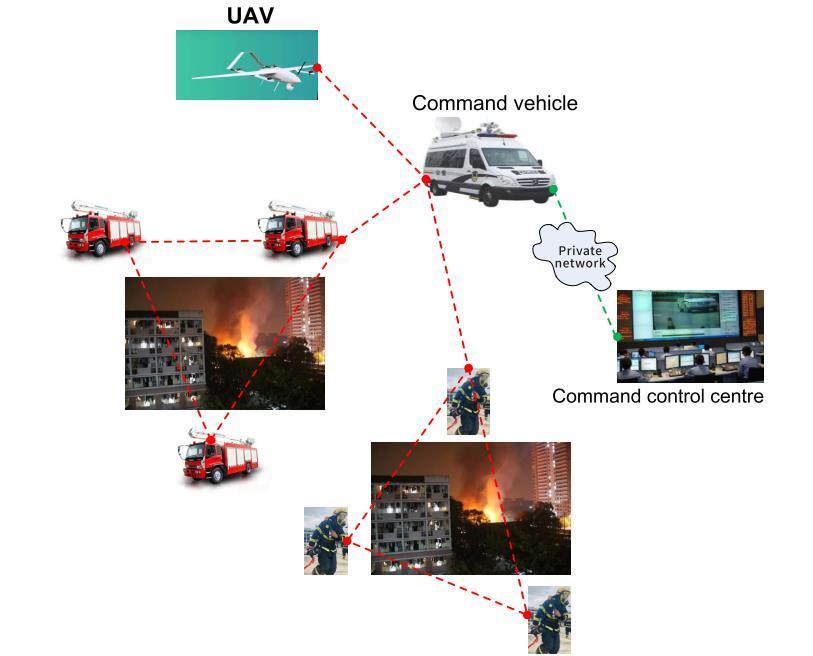Discovering the Orthogonal Frequency-Division Multiplexing (OFDM)

Orthogonal frequency-division multiplexing (OFDM) is a communication technology that uses orthogonal frequency-division signals. OFDM is often used in digital radio, Mondiale, digital audio broadcasting, and satellite radio. OFDM allows more data to send over the same bandwidth as single-frequency transmissions. It can improve the signal quality and enable more channels to transmit over broadcast frequencies.
And OFDM technology improves the transmission of data.
OFDM is a wireless technology that divides the RF spectrum into many small, overlapping channels. This technique, known to call quadrature modulation
This allows for more data to send over a single transmission channel. And it can improve the reliability and performance of wireless networks.
This article will discuss some of the uses of OFDM and how it can benefit your business. We will also highlight some challenges you may face when implementing OFDM and offer tips on overcoming them.
What is OFDM?
Orthogonal frequency-division multiplexing (OFDM) is a modulation technique that uses orthogonal frequency components to modulate data signals.
OFDM is similar in principle to time-division multiplexing (TDM), but it uses multiple carrier frequencies instead of time slots. The advantage of OFDM is that it can provide greater capacity than TDM systems over long distances.
Applications of OFDM
There is a lot of modulation in orthogonal frequency division multiplexing (OFDM). OFDM is used in various applications, including cellular systems (3GLTE, WiMAX), wireless local area networks (LANs), digital audio radio, underwater communication, and optical light modulation.
Applications of OFDM include broadband wireless access, digital television services, and mobile communications. In broadband wireless access, OFDM provides multiplexing and frequency reuse capability over wide bandwidths. In digital television services, OFDM also offers high-quality video over broadcast channels. And in mobile communications, we use OFDM to provide multiple channels over a single bandwidth.
How does OFDM Work?
OFDM is a modulation scheme that uses orthogonal frequency-division multiplexing to spread data over multiple radio frequencies. Recently many companies have used it in wireless communications, such as Wi-Fi and Bluetooth, because it offers greater capacity than traditional transmission methods.
To understand how OFDM works, first imagine a radio wave. Radio waves are electric and magnetic fields that travel through the air as waves. The electric field oscillates at a specific frequency, while the magnetic field vibrates at a different frequency.
When two radios communicate, they send out radio waves at the same frequency. If the radios are far apart, the waves will overlap, and no information will be sent. But if the radios are close, they can send their waves at different frequencies so that only one wave reaches the other.
You can see this happen in an experiment called a crystal set. If you put two radios next to each other and turn them on, you’ll hear one station playing music while the other station talks. The two stations send their radio waves at different frequencies, so they don’t interfere with each other.
What are the benefits of using OFDM?
The main benefits of using OFDM are that it is a more efficient way to transmit data and can support a more significant number of users in a given area. Additionally, OFDM can be more resistant to interference than other communication methods.
OFDM has many benefits:
1. OFDM can transmit more data over the same spectrum as traditional methods.
2. OFDM is immune to multipath distortion, which reduces the quality of voice and video transmissions.
3. OFDM can reduce interference from other wireless devices close to the transmitter.
4. OFDM is less prone to breakage and errors than other modulation techniques
Advantages of OFDM over other wireless technologies
Orthogonal frequency-division multiplexing (OFDM) is a wireless technology that uses orthogonal signals to improve communication reliability. OFDM can be used in several applications, such as satellite communications, terrestrial mobile communications, and broadband internet service.
The advantages of OFDM over other wireless technologies include the following:
1. OFDM is more reliable than other wireless technologies because it uses orthogonal signals. This allows the system to tolerate more noise and interference than conventional systems.
2. OFDM offers high data capacity due to its use of multiple channels. This allows for greater throughput in large networks and better performance in dense deployments.
3. OFDM is less impactful on the environment than other wireless technologies. It has lower energy requirements and less environmental impact when installed.
OUR Software-Defined Radio
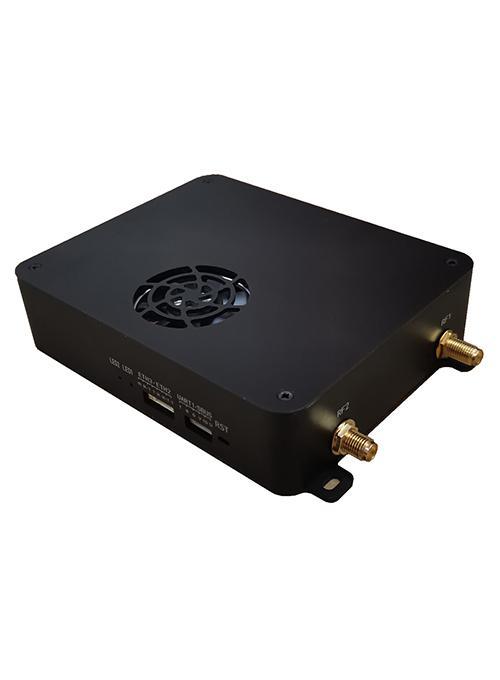
Tactical radio XK-F303E
XK-F303E is a style of HD wireless digital video and data transmission device, with low power consumption, long communication distance, and other characteristics, Support the transmission of network data, flight control data, PTZ control data, remote control data, etc.
Military radios XK-F304E
XK-F304E is a style of HD wireless digital video and data transmission device, with low power consumption, long communication distance, and other characteristics, Support the transmission of network data, flight control data, PTZ control data, remote control data, etc.

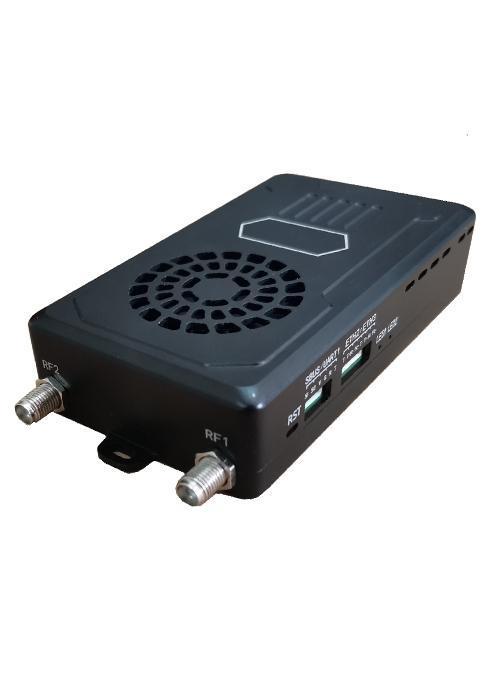
Army radio XK-F301E
XK-F301E is a broadband wireless video and data transmission system. Two-way communication: Video+data camera control/drone control/telemetry 3 in 1. Point to Point; Point to Multi-Points relay mode, AdHoc networks
Tactical communications for UGVs/Robots/USVs XK-V313E
XK-V313E is a broadband wireless video and data transmission system. Two-way communication: Video+data camera control/drone control/telemetry 3 in 1. Point to Point; Point to Multi-Points relay mode, AdHoc networks.
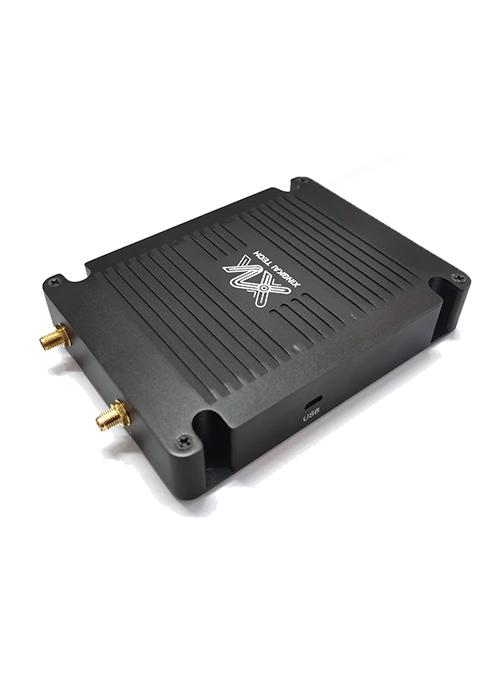
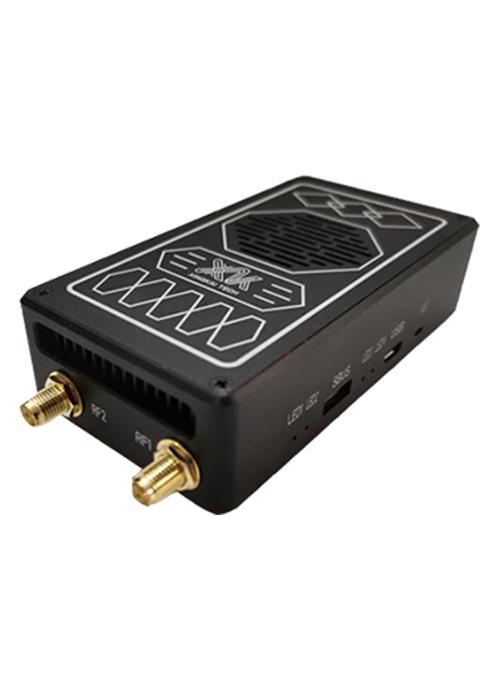
HD digital wireless video and data link XK-F311E
XK-F311E is a Broadband wireless video and data transmission system. Two-way communication: Video+data camera control/drone control/telemetry 3 in 1. Point to Point; Point to Multi-Points relay mode, AdHoc networks
Broadband Wireless System XK-F403E
XK-F403E is a style of HD wireless digital video and data transmission device, with low power consumption, long communication distance, and other characteristics, Supports the transmission of network data, flight control data, PTZ control data, and remote control data at the same time.
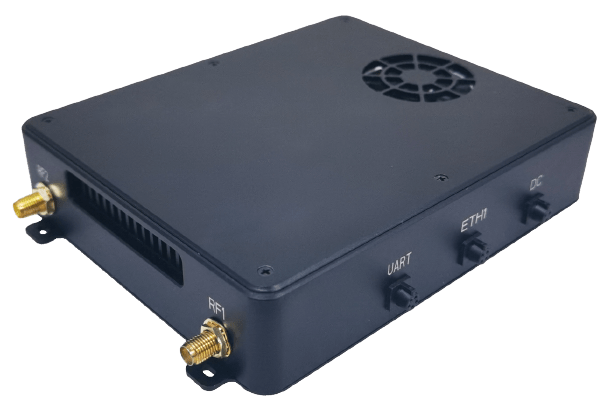
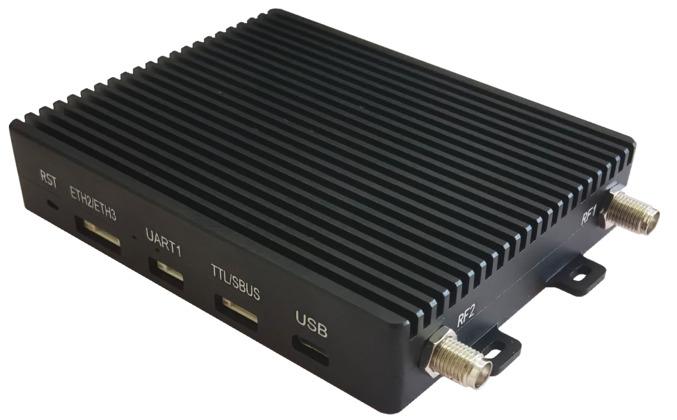
Broadband Wireless Video And Data Transmission System
Two-way communication: Video+data camera control/drone control/telemetry 3 in 1. Point to Point; Point to Multi-Points relay mode; MIMO AdHoc networks.
XK-F401E is a style of HD wireless digital video and data transmission device, with low power consumption, long communication distance, and other characteristics, Supports the transmission of network data, flight control data, PTZ control data, and remote control data at the same time.
Tactical communications XK-F313E
XK-F313E is a Broadband wireless video and data transmission system. Two-way communication: Video+data camera control/drone control/telemetry 3 in 1. Point to Poit; Point to Multi-Points relay mode, AdHoc networks.
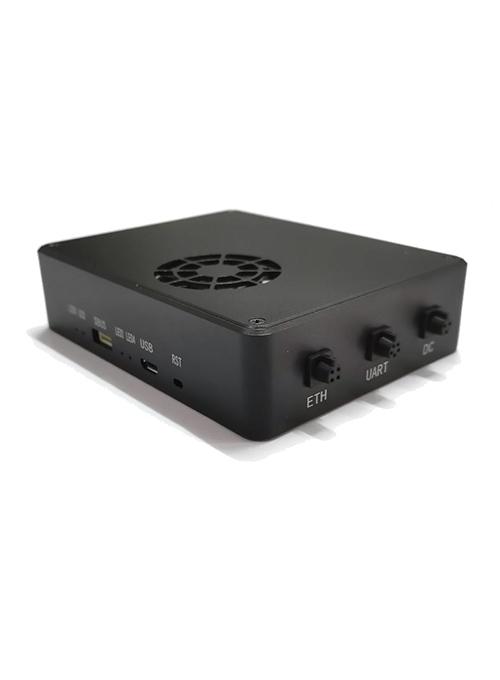

Video Telemetry RC Link XK-305KE
Two-way communication: Video+data camera control/drone control/telemetry 3 in 1
Point to Point; Point to Multi-Points, relay mode
XK-F305KE is a style of HD wireless digital video and data transmission system, with low power consumption, long communication distance, Support the transmission of the network data, flight control data, PTZ control data, remote control data…at the same time.
Software defined radio Transceiver XK-404E
XK-F404E is a style of HD wireless digital video and data transmission system, which with low power consumption, long communication distance and other characteristics, Support the transmission of the network data, flight control data, PTZ control data, remote control data…at the same time.


Video Broadband Wireless System XK-303KE
Two-way communication: Video+data camera control/drone control/telemetry 3 in 1
Point to Point; Point to Multi-Points, relay mode
XK-F303KE is a style of HD wireless digital video and data transmission system, with low power consumption, long communication distance, Support the transmission of the network data, flight control data, PTZ control data, remote control data…at the same time.
UAV Radio Transceiver RF Video XK-F301AE
XK-F301AE is a style of HD wireless digital video and data transmission device, with low power consumption, long communication distance and other characteristics, Supportthe transmission of the network data, flight control data, PTZ control data, remote control data…at the same time. The air unit can be configured as point-to-point and also point to multi-pointsrelay mode, Users only need to add air units to expand the application scenarios. At the same time, it has encryption function, and users can set the channel encryption key independently.

Military radio key FEATURES
